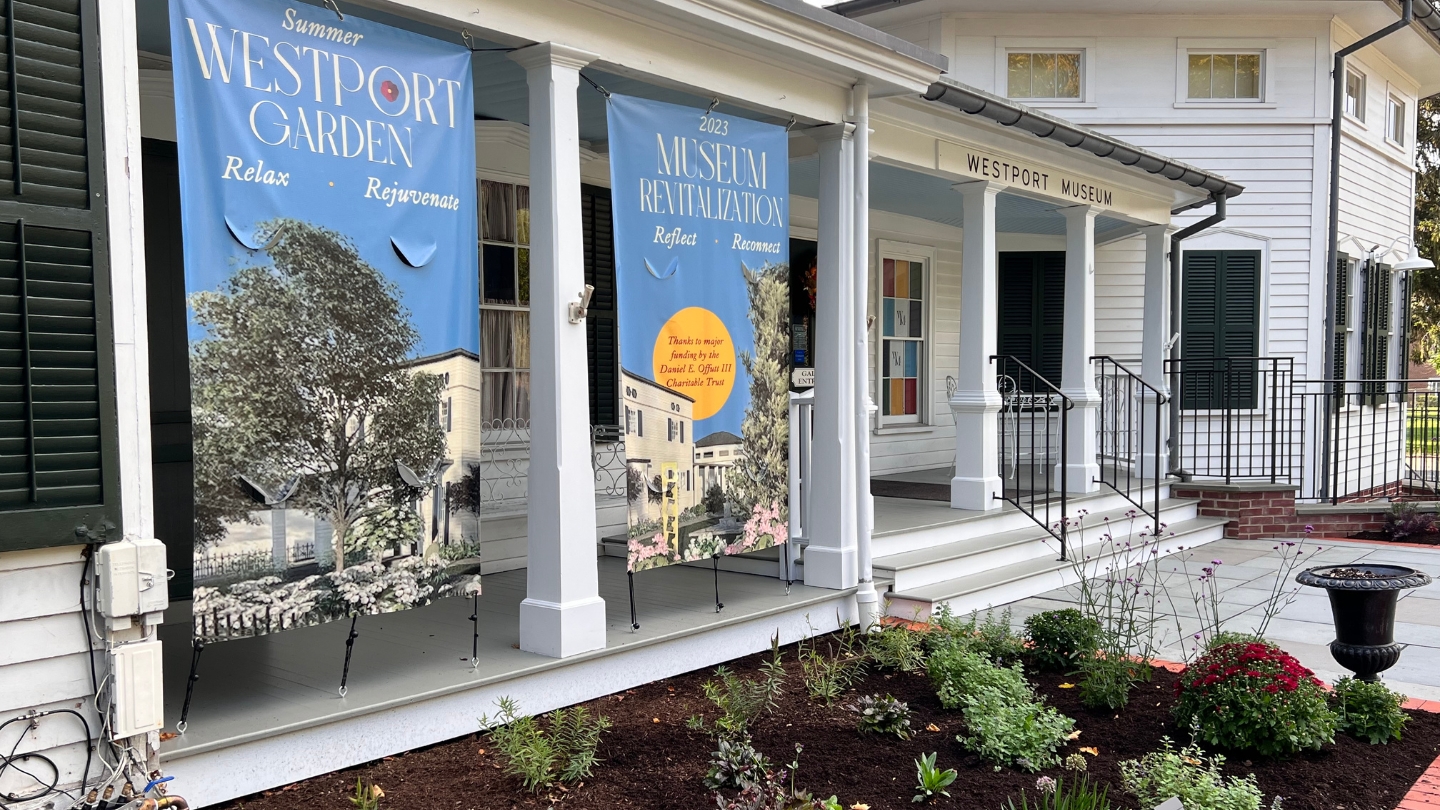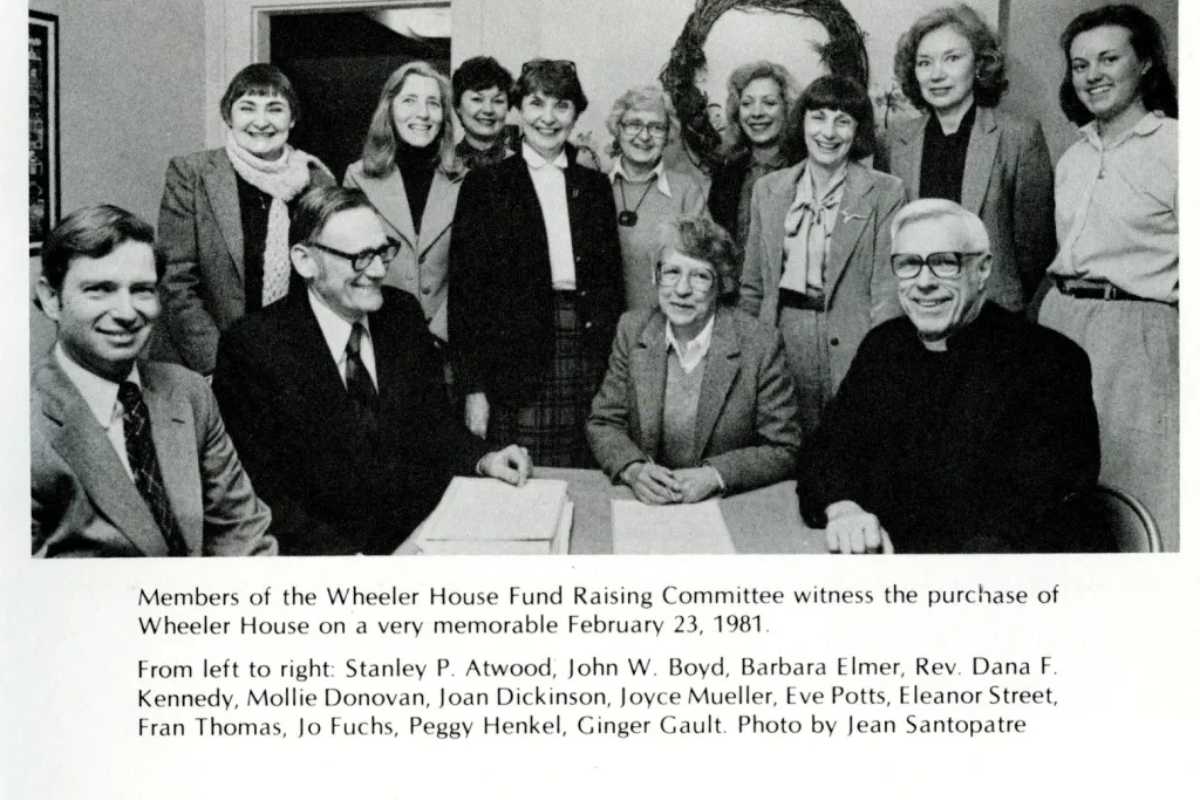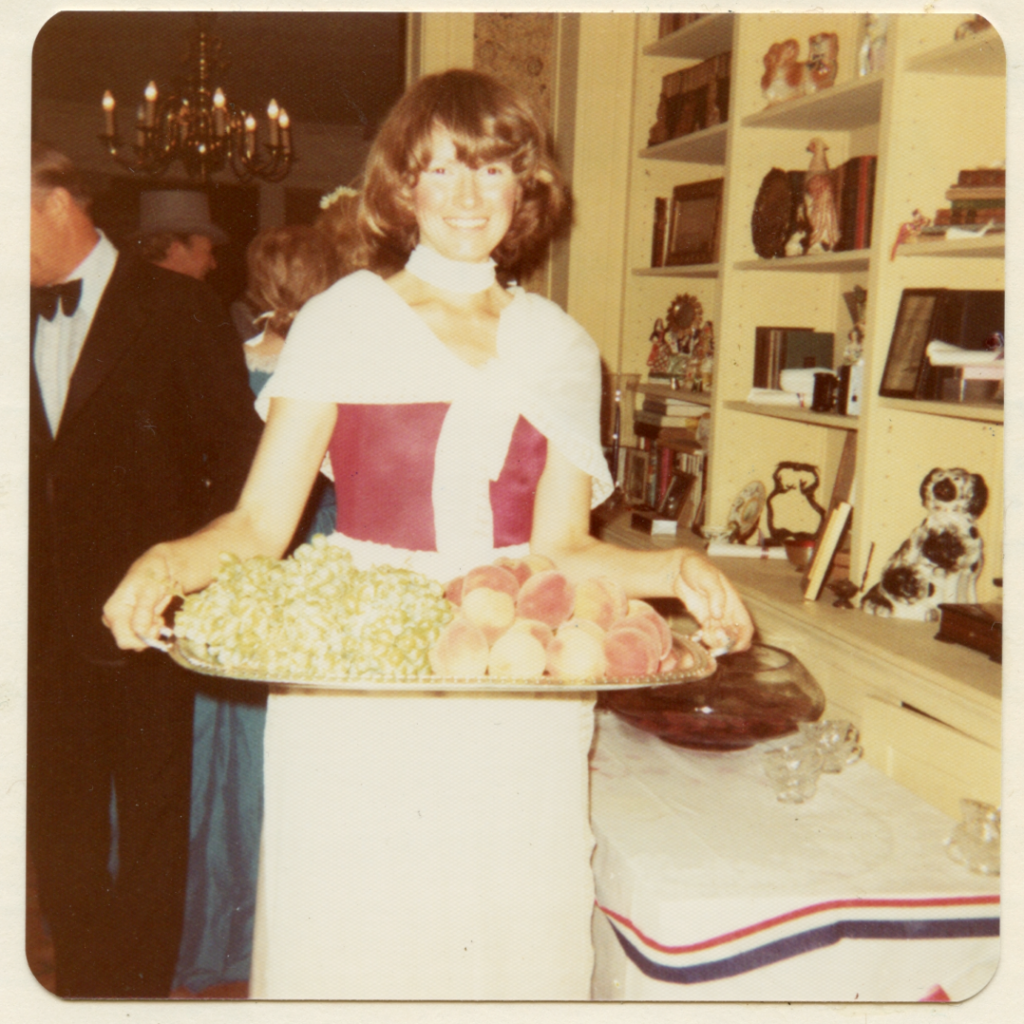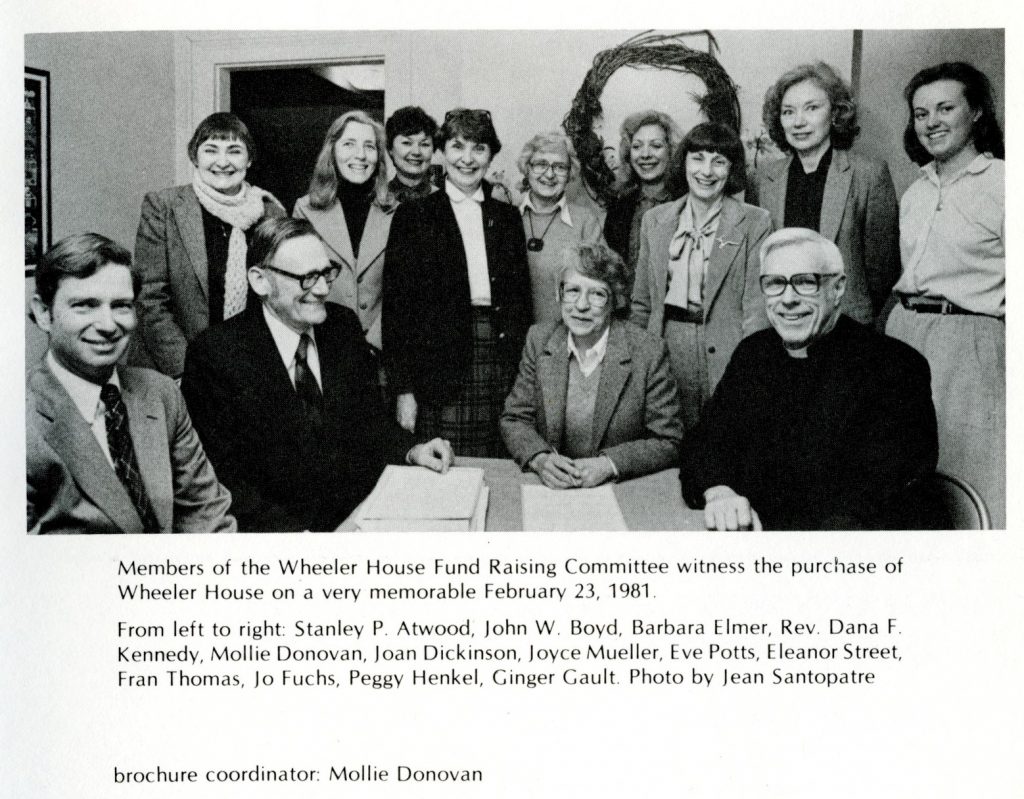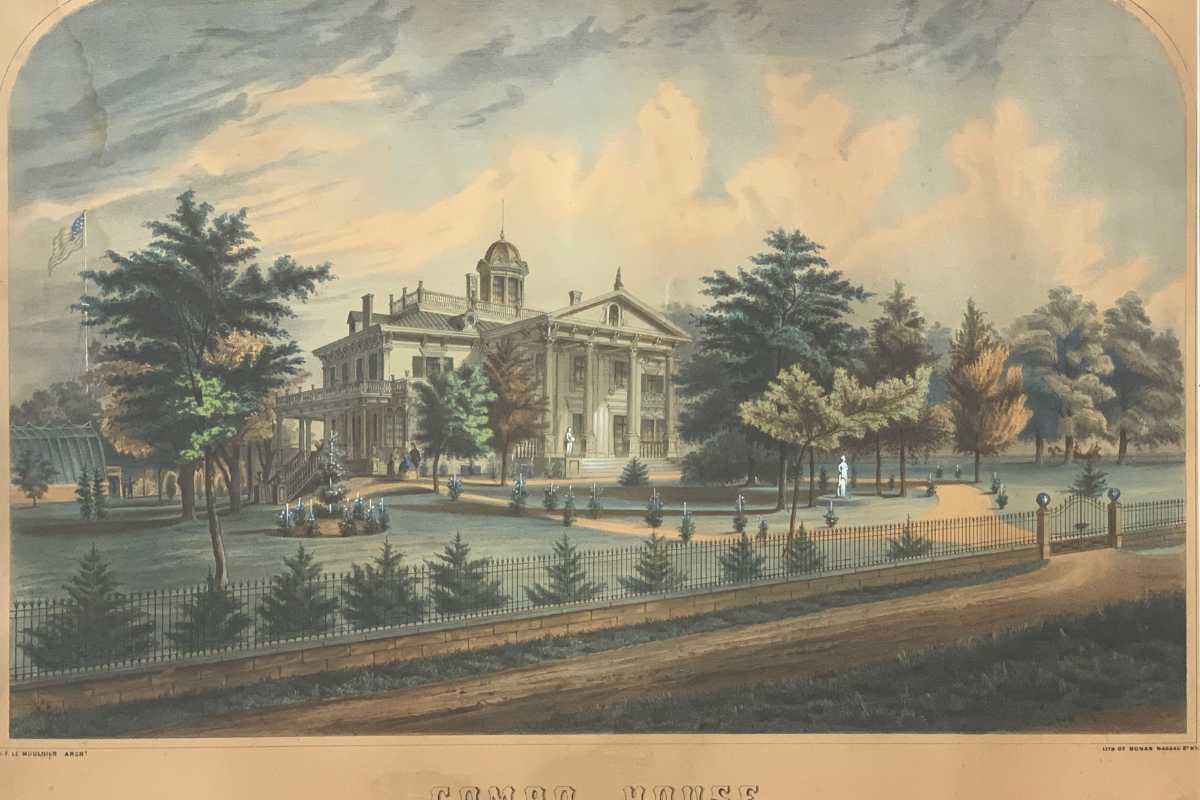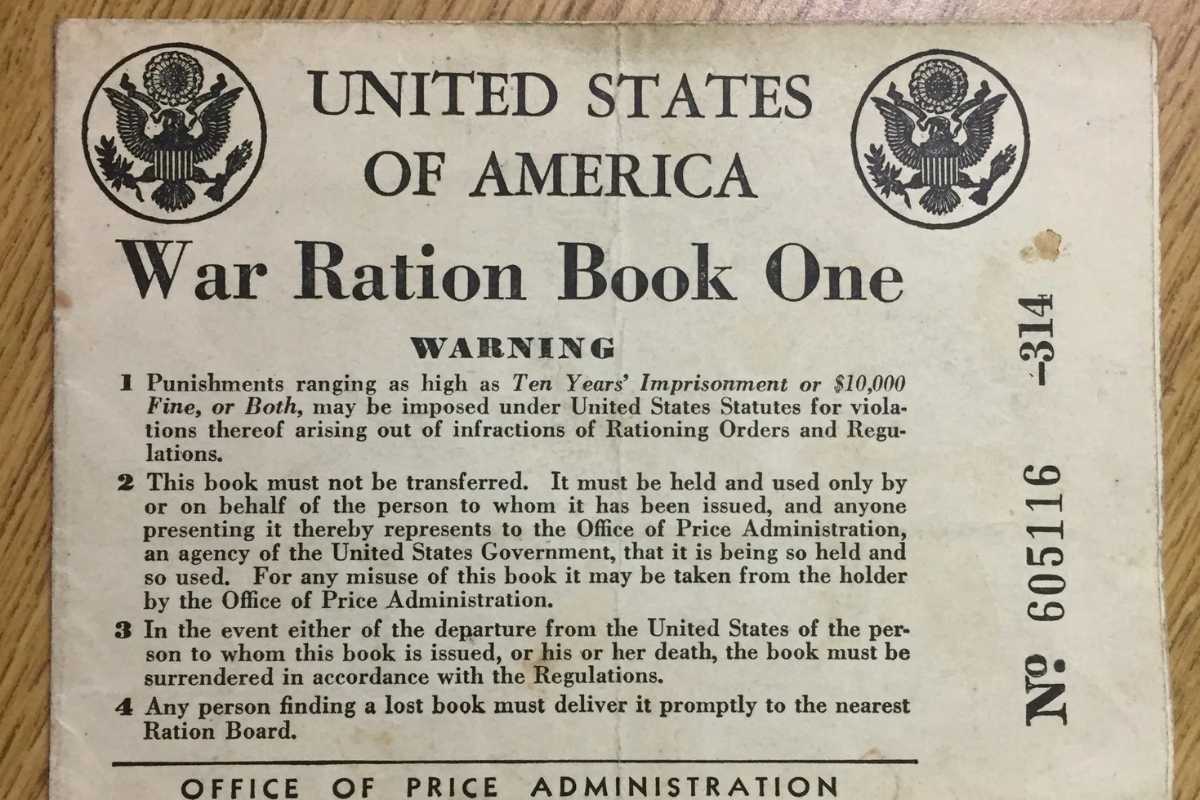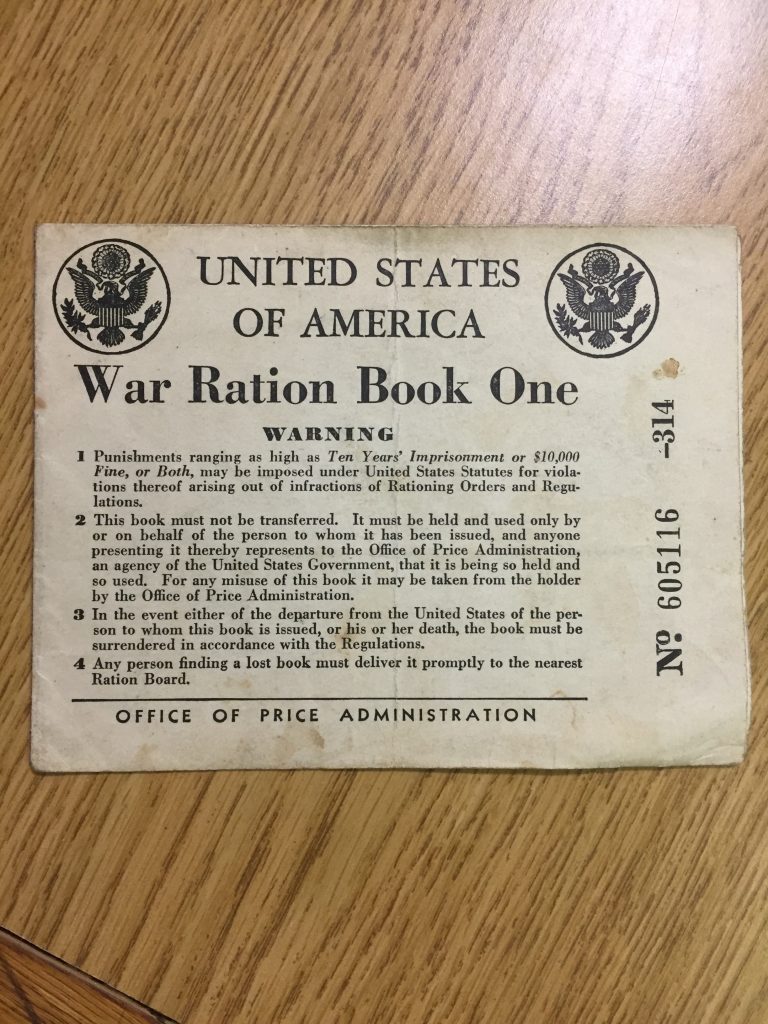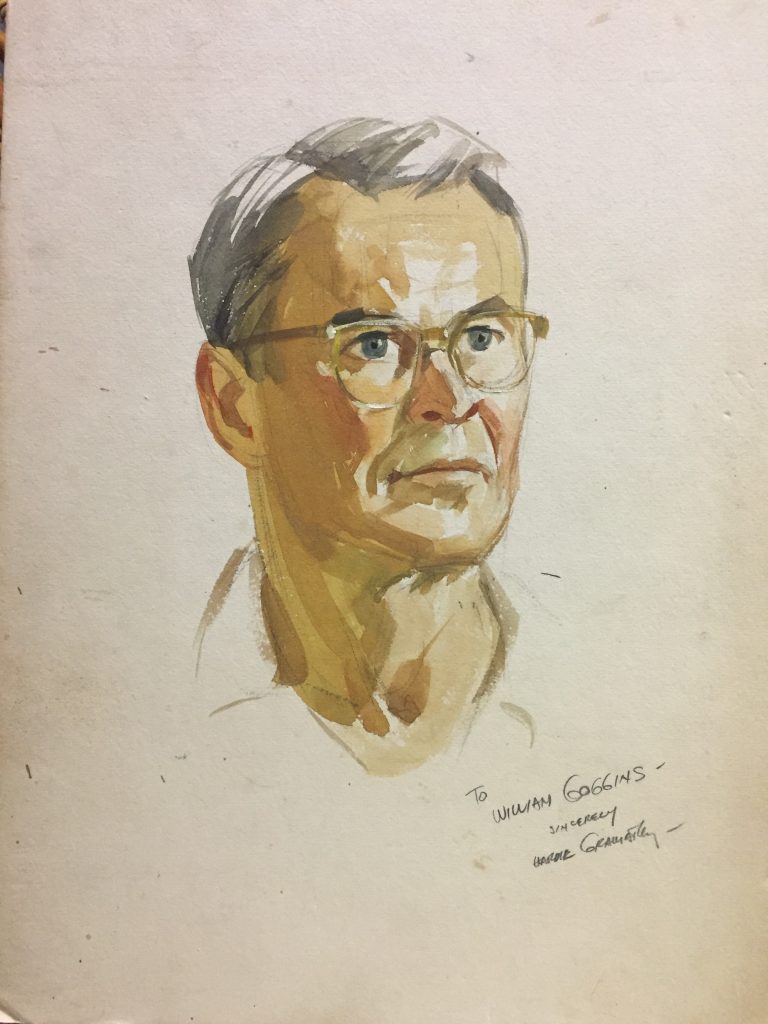The turn of the century and the millennium was a time of frenetic energy. People worldwide wondered what the new era would bring—even as they worried about how the intricate web of technology that drove business would cope with the Y2K switch over.
While technological systems made the transition without a hitch, the world still hurtled toward unexpected change. Less than two full years into the millennium, terrorists used commercial jet liners to attack the World Trade Center in Manhattan. Many victims of the attack came from bedroom communities in the Metro area like Westport where commuter cars could be seen abandoned at local train stations.
After 9/11, many New Yorkers fled the city for what felt like the relative safety of the suburbs including prominent artists who felt the lure of the artists’ haven the town once was. Among them was famed illustrator and writer Victoria Kann, whose Pinkalicious children’s books are internationally beloved.
“Change” rapidly became a theme of the 2000s as Americans began to take stock of life as they knew it. In Westport, a town committee was formed in 2003, specifically to address diversity and inclusion. Called Together Effectively Achieving Multiculturalism or TEAM Westport the group continues to work toward these objectives today—finding renewed purpose in the civil rights protests of 2020.
Throughout the first decades of the 2000s local institutions grappled with evolving to meet the needs of a changing community and rising to the challenges of the technologically-enabled world. The Westport Public Library changed its name to The Westport Library in 2013 and in 2019 opened its doors after a major renovation that focused on tech-enabled interactions. Westport Historical Society became Westport Museum for History & Culture to reflect mission-based work in inclusive history and The Westport Arts Center became the Museum of Contemporary Arts in a nod to its wider reach. The Westport Country Playhouse, began to focus on artistic programming that included more diverse stories portrayed by diverse actors.
In 2020, Westport became an early hotspot for the novel Corona Virus and the disease it caused: COVID-19. Strict social distancing measures enabled the town to flatten the curve, becoming a model for other towns nationwide. Echoing the movements of the early millennium when 9/11 pushed New Yorkers from the city, Westport and towns like it have become attractive to city-dwellers seeking safer environs from the virus. The national civil rights protests following the murder of an unarmed black father, George Floyd, reached Westport as well with multiple demonstrations taking place in the downtown area.

Westport is no stranger to activism, protests were held in support of the Black Lives Matter movement in the downtown area.

